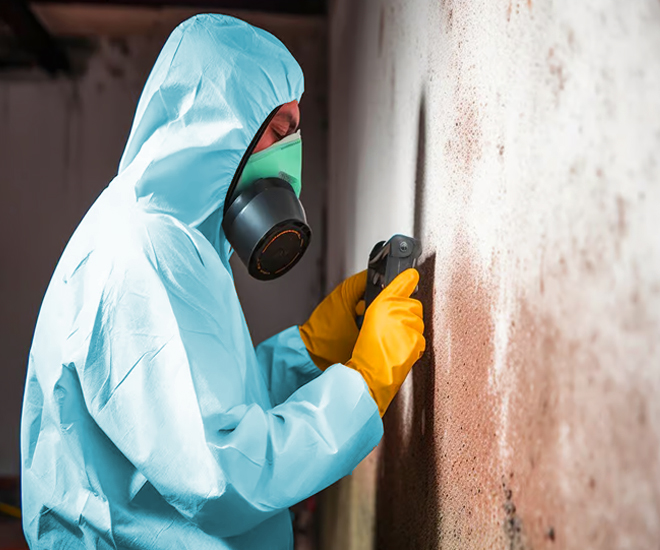Guidance on What to Do After Mold Remediation
Guidance on What to Do After Mold Remediation
Blog Article
Your Ultimate Guide to Post Mold And Mildew Removal Methods
Navigating the realm of post-mold remediation techniques is a precise process that requires focus to information and a comprehensive understanding of the ins and outs entailed. In the aftermath of mold and mildew invasion, knowing just how to successfully eliminate the mold and prevent its reoccurrence is extremely important for keeping a healthy and balanced indoor environment. From selecting the right cleansing and disinfecting methods to implementing strategies for long-term mold avoidance, each step in the removal trip plays a vital function in ensuring an effective outcome. As we embark on this expedition of post-mold removal methods, we will reveal the essential strategies and finest practices that can aid you restore your space to its pre-mold problem and secure it against future mold risks.
Comprehending Post-Mold Remediation Process
After completing the mold and mildew remediation procedure, it is important to understand the post-mold removal techniques that are essential to guarantee a effective and complete cleanup. When the mold and mildew has been removed, the next step involves cleansing and sanitizing the impacted areas to stop any kind of regrowth of mold.
Furthermore, conducting a final examination post-remediation is vital to guarantee that all mold and mildew has been effectively eliminated. If the inspection discloses any kind of sticking around mold and mildew, extra remediation might be essential.
Reliable Cleaning Up and Sanitizing Methods

Preventing Future Mold And Mildew Growth

Importance of Correct Ventilation
Proper Visit This Link air flow plays a vital role in protecting against wetness build-up, a crucial factor in mold and mildew growth within interior atmospheres. Effective ventilation systems aid get rid of excess humidity from the air, decreasing the opportunities of mold spores locating the dampness they need to spread and sprout. Without sufficient ventilation, interior areas can end up being a breeding ground for mold and mildew, leading to potential wellness dangers and architectural damage.
By ensuring correct air blood circulation, air flow systems can likewise assist in drying damp areas faster after water damages or flooding cases, further preventing mold and mildew growth. what to do after mold remediation. Precede like shower rooms, attic rooms, cellars, and kitchens where moisture levels have a tendency to be higher, setting up and preserving efficient air flow systems is critical in avoiding mold invasions

Tracking and Maintenance Tips
Offered the important duty that proper air flow plays in protecting against mold development, it is vital to develop effective tracking and upkeep tips to guarantee the continued performance of air flow systems. Tracking moisture degrees within the home is additionally vital, as high moisture can add to content mold and mildew development. By staying attentive and aggressive to the problem of ventilation systems, home owners can effectively mitigate the threat of mold regrowth and maintain a healthy and balanced interior atmosphere.
Conclusion
Finally, post-mold removal methods are important for guaranteeing a tidy and secure environment. Recognizing the procedure, implementing efficient cleansing and decontaminating techniques, protecting against future mold growth, maintaining proper ventilation, and routine surveillance are all crucial steps in the remediation process. By adhering to these guidelines, you can efficiently eliminate mold and mildew and prevent its return, advertising a healthy living or functioning area for all occupants.
In the results of mold problem, understanding how to effectively get rid of the mold and stop its reoccurrence is critical for maintaining a healthy and balanced indoor atmosphere. As soon as the mold has been gotten rid of, the next action includes cleansing and sanitizing the influenced areas to stop any type of regrowth of mold and mildew - After mold remediation. After eliminating noticeable mold growth, it is critical to cleanse all surface areas in the affected area to get rid of any type of remaining mold spores. To additionally enhance mold and mildew avoidance measures, it is necessary to deal with underlying problems that initially led to mold growth.Given the vital role that correct ventilation plays in stopping mold development, it is essential to establish reliable surveillance and maintenance pointers to ensure the continued capability of ventilation systems
Report this page